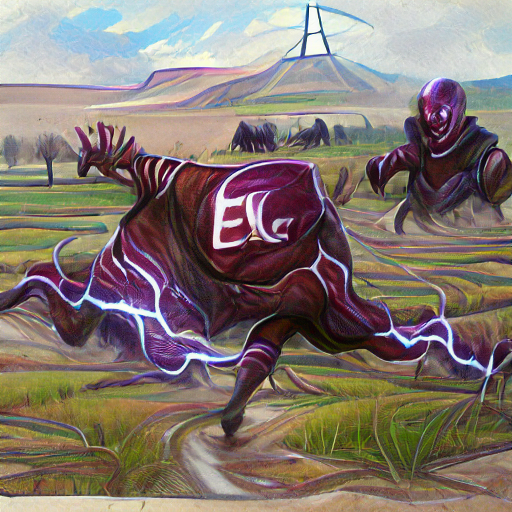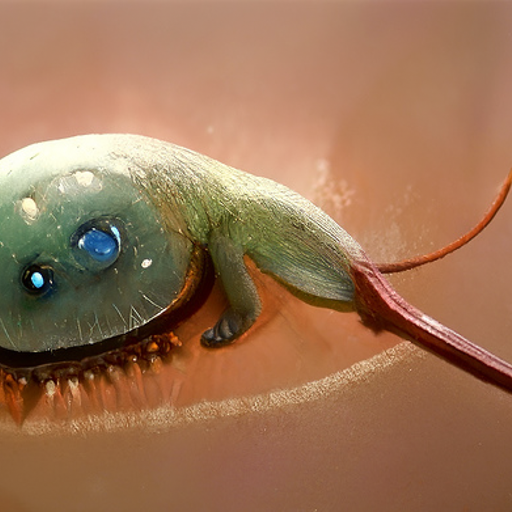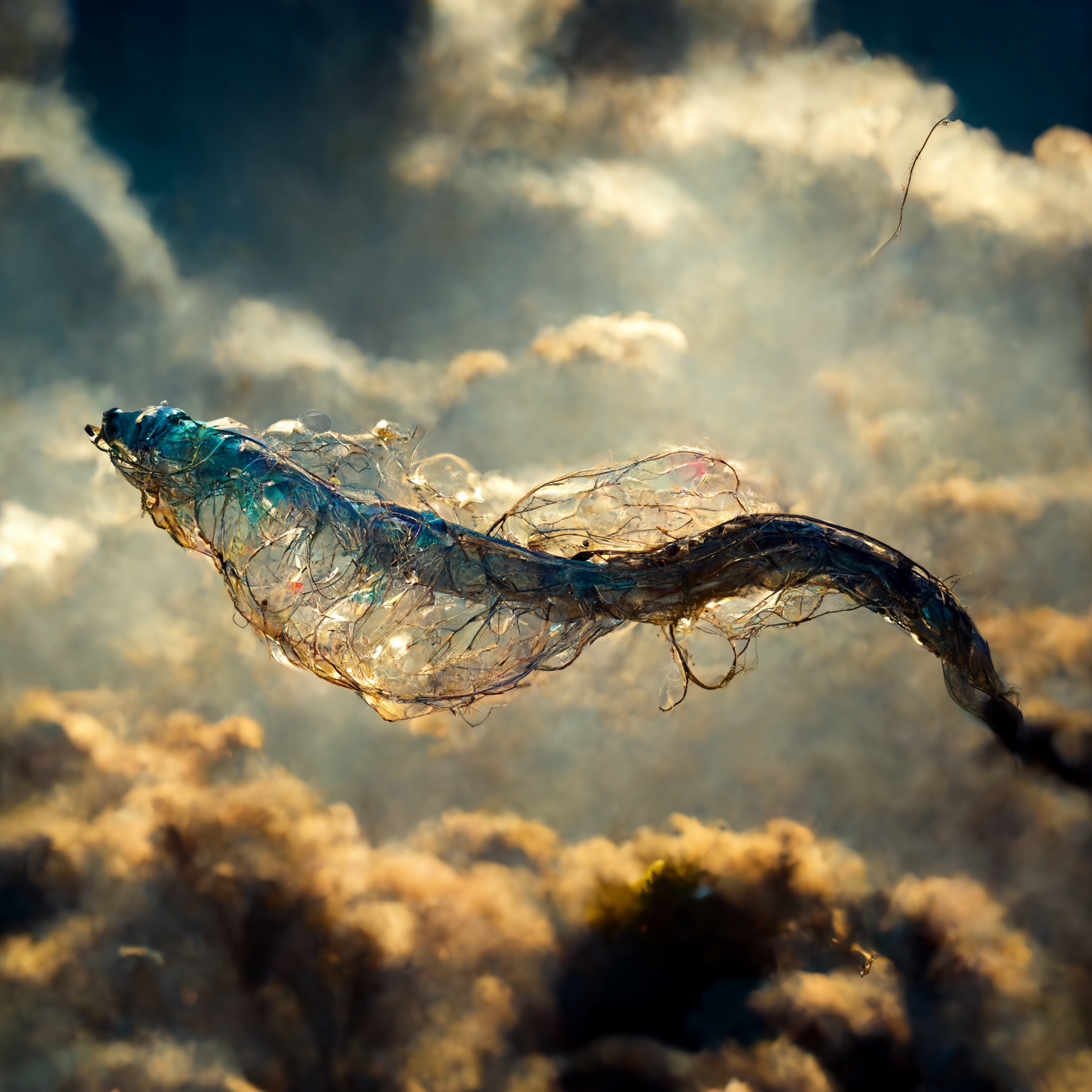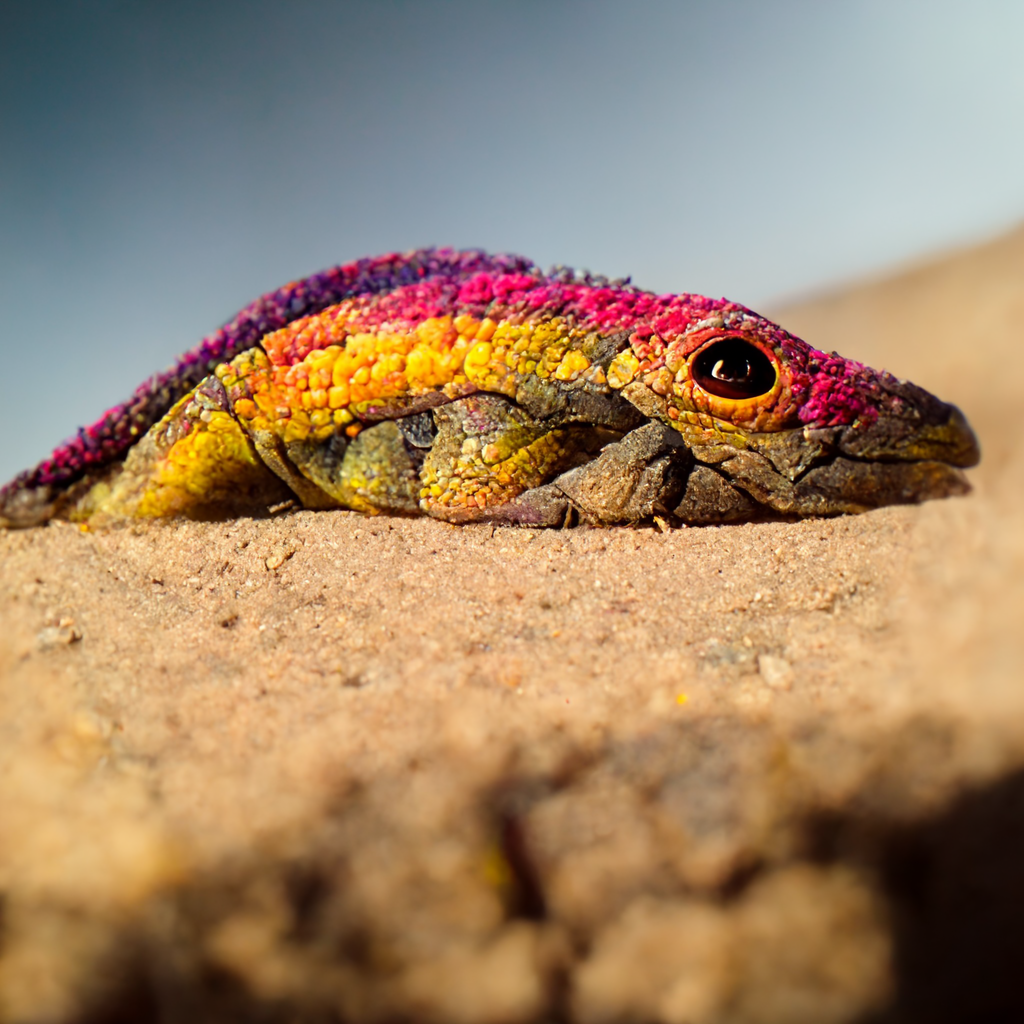

M'li are electrically-charged, gelatinous airfish closely related to the ancient jellyfish of oceans. Fleets of m'li are often cared for by farmers who appreciate the m'li's cross-pollination of battery fields. The electrical current that emanates from every m'li body forms a circuit over the air with nearby electronics, equalizing battery charges between them all.
Explore an endless universe of ficticious life on NovelGens.





